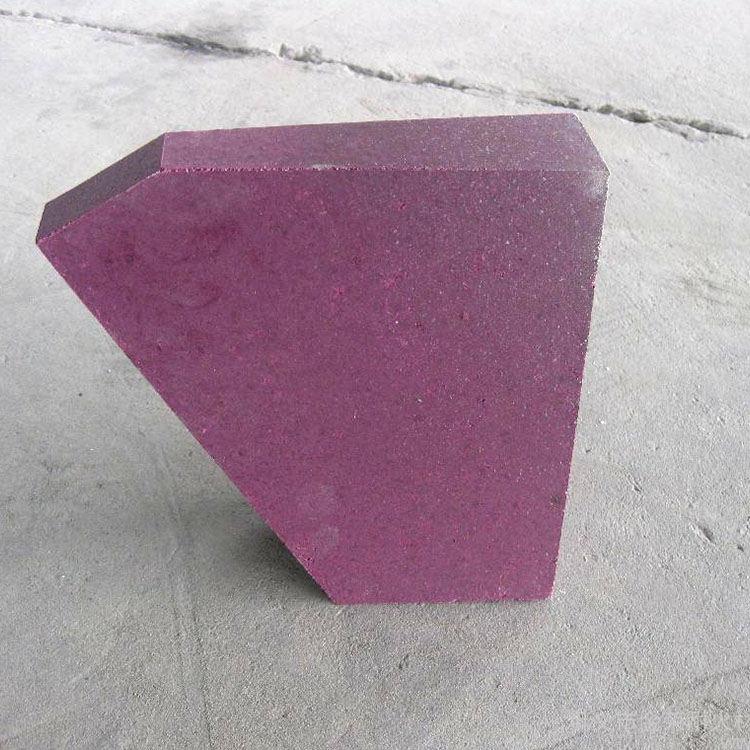
In steelmaking operations where furnaces are frequently started and stopped—such as in electric arc furnaces (EAFs) or ladle refining units—the choice of refractory lining material directly impacts production uptime, maintenance costs, and energy efficiency.
Traditional high-alumina bricks (Al₂O₃ ≥ 75%) often fail prematurely under rapid temperature changes due to poor thermal shock resistance. Studies show that in such conditions, their service life drops by up to 40% compared to stable operating environments—a major cost driver for foundries and steel mills worldwide.
| Property | High-Alumina Brick | Red Zirconia Brick |
|---|---|---|
| Thermal Shock Resistance (ΔT = 1100°C) | Fails after 5–10 cycles | Survives >50 cycles without cracking |
| Hot Load Softening Temperature | ≥1500°C | ≥1750°C |
| Creep Resistance at 1400°C | Low – deformation noticeable after 20 hrs | High – minimal change even after 50 hrs |
| Cold Crushing Strength (MPa) | ≥120 MPa | ≥160 MPa |
These performance gaps explain why leading global steel producers—from Germany’s ThyssenKrupp to India’s JSW—are now replacing high-alumina bricks with red zirconia-based solutions in critical furnace zones like the tuyere area and slag line.
“After switching to red zirconia brick in our EAF tapping pit, we saw a 35% increase in refractory life and reduced unplanned downtime by 2 days per month.” — Anonymous Plant Manager, Southeast Asia Steel Mill
The secret lies in the unique crystal structure of zirconia (ZrO₂), which undergoes controlled phase transformation during heating and cooling. Unlike alumina, which forms rigid, brittle microstructures under thermal stress, zirconia develops fine-grained interlocking crystals that absorb mechanical strain—effectively acting as internal shock absorbers.
This makes it ideal for applications involving frequent thermal cycling—common in modern steel plants aiming for flexibility in scrap-based melting and lean manufacturing practices.

As the industry moves toward carbon-neutral steel production, reducing furnace wear also means lowering fuel consumption and emissions. One study from the International Iron & Steel Institute (IISI) estimates that extending refractory life by just 30% can reduce CO₂ emissions per tonne of steel by 2–4%, depending on furnace type and operation mode.
For engineers, procurement managers, and plant operators looking to optimize furnace performance while cutting long-term costs, selecting the right refractory isn’t just about material specs—it’s about aligning with your operational reality.
If you're evaluating options for your next furnace lining upgrade—or need help benchmarking current materials against real-world data—we’ve prepared a comprehensive Steel Furnace Refractory Selection White Paper. It includes case studies, test protocols, and a decision matrix tailored for rapid-cycle environments.


